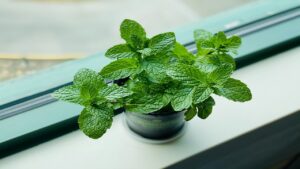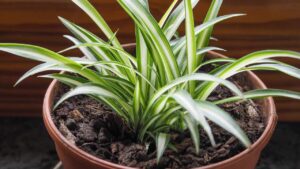The paulownia tree, helps to purify the air and reduce smog
The Paulownia tree, native to China and Japan, can also be referred to as the Princess or Queen Paola tree, as it was dedicated to the daughter of Tsar Paul I of Russia. It is part of the evergreen family and can usually grow up to 30 meters tall. Its bark is an ashy grey while its branches produce large, purple leaves. Beyond its beauty, the tree is also quite sturdy and can withstand various types of weather conditions.

There are many ways that the Paulownia is typically put into use. It is commonly used in making furniture, musical instruments boats, and even certain types of building components. Its bark is used in the production of textiles and paper, and its seeds are also edible.
The Paulownia’s Place in History
The Chinese have historically considered the Paulownia tree to be a symbol and fortune and prosperity. A tree would be planted next to homes and temples, and as we already mentioned, would be used to build cabinets and other household items. The Japanese, on the other hand, considered the Paulownia to represent peace and harmony. They also used its wood for the construction of homes and bathhouses.
Another interesting application of the Paulownia tree is improving the quality of soil. Just plant the tree in your garden and the soil will start to become more fertile, improving the health of the surrounding plants and flowers. The tree is also known for its particular ability to absorb carbon from the air, which is where we can appreciate its ability to fight against climate change.
However, in some parts of the world, the tree is also considered an invasive plant. It grows relatively quickly, and it can actually end up destroying other plants in its vicinity. This trait can obviously sometimes cause some issues with biodiversity. But there is a way around this problem. The Paulownia just needs to be located and maintained properly so that it can end up being a valuable addition to any garden
Growing the tree from a sapling ends up being a very straightforward process due to its natural versatility. It is resistant to most types of parasites and mold. Keep in mind, though, that it does require a decent amount of space to grow, making pots useless in the cultivation process. Lastly, be sure to provide the Paulownia with soil that is rich in nitrogen. This will help ensure that you end up with a strong, healthy tree that is ready to help clean the air.





